Is it still reasonable to buy full frame cameras?
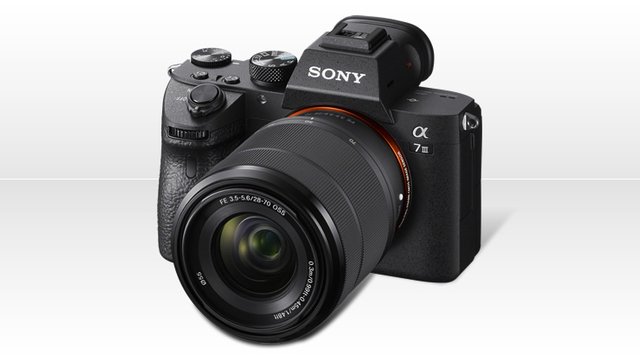
If you are a big fan of photography and videography, full frame cameras are probably always one of the main options of your choice. In fact, when it comes to sensor dimensions in cameras and camcorders, we come across noisy and sometimes boastful advertisements of prominent brands. With these claims and specs, if you are looking for better quality images compared to smartphones and half-frame or crop-sensor cameras, buying a full-frame camera may be the best option for you.
This may not be a revelation, though, because it is the market makers who are driving most people to buy such cameras. In recent years, however, this segment of the market has almost disappeared, and companies such as Sony, Nikon, Canon, Panasonic and Leica, which all happened to be involved in this scandal to seduce people to buy full-frame cameras, are now competing for Production and introduction of new cameras without mirrors and sometimes DSLR cameras.
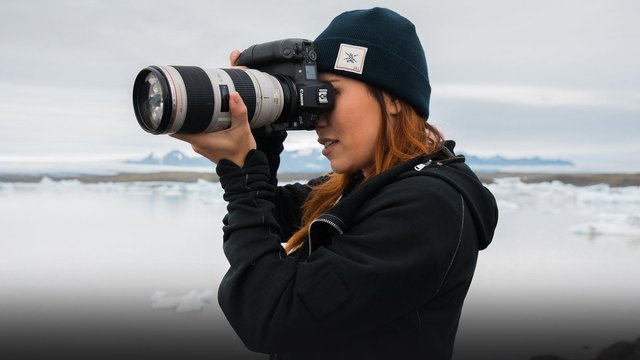
Now the question is, if these companies are also focusing on making mirrorless cameras and DSLRs, then what is all this controversy and intense competition over full-frame cameras for? Part of the answer to this question goes back to smartphones. Yes! You got it right; Smartphones!
The technology of making cameras in smartphones has advanced greatly in recent years, and now large cameras with almost all the necessary features have been brought into the pocket of every user. As a result, if we can convince ourselves today to loosen the bag to buy expensive cameras, and only then have to buy extra lenses after buying the camera, the camera companies must offer us products beyond today's smartphones. To free us from the torment of conscience at all these costs.
Advantages of Full Frame Cameras
But what are the real advantages of full-frame cameras over smartphones and half-frame cameras? In theory, their main advantage is image quality; In other words, in these cameras, there is a direct relationship between the sensors and the image quality. However, it should not be forgotten that in 2021 we will see the presence of popular cameras with small sensors on the market, such as Panasonic and Fujifilm. With four-thirds sensors and the next-generation Global Shutter sensor with APS-C dimensions, these cameras are more reminiscent of the appearance of older, so-called Retro Style cameras with a small automatic viewfinder or EVF, which have both visual and hardware capabilities. Distinguishes it from full-frame cameras and smartphones.
But before we get too deep into the capabilities of full-frame cameras, let's take a brief look. In digital cameras, the term full-frame refers to sensors that measure 36 by 24 millimeters, which in fact follow the same pattern as the famous 35mm single-frame film. Although in the world of analog cameras with a history of more than 100 years, 35 mm or full frame is considered small, but in today's world, this number is a significant number for professionals.
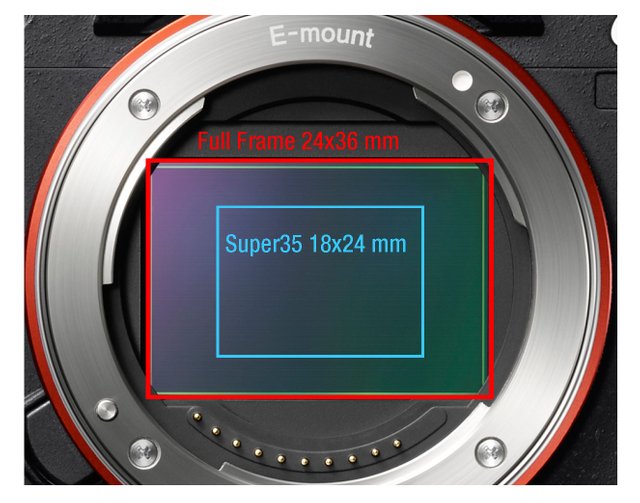
In addition, full frame sensors are a reference point for all dimensions of sensors, both large and small. Sensors smaller than full-frame are called crop-sensors, which have common formats. APS-C sensors (about 2.5 times smaller), micro 3/4 or micro 4/3 sensors (approximately 4x smaller) and 1-inch sensors (approximately 7.5 times smaller) fall into this category. The sensors used in smartphone cameras are about 25 times smaller than full-frame. Of course, we remind you that this difference in the dimensions of the sensors should not be confused with the crop-factor, which we will discuss later.
In fact, 2021 should be called the year of confusion in choosing a camera, as Panasonic S-Series, Canon with its EOS R and DSLR series collection, Sony with A7 mirrorless camera with Nikon Z6 and Z7 models and the company's DSLR cameras, all The choices are confusing and tempting. Of course, we should not miss the series of Leica cameras equipped with Rangefinder system, which is also the smallest full-frame camera in the world. These newly introduced full-frame mirrorless cameras have the ability to simultaneously open their place in the heart of every photography and filming lover.
But it goes without saying that not all brands are focused on producing full-frame cameras; For example, Fujifilm has filled the vacuum of this sensor with its smaller X-Series sensor, called APS-C, and the larger-than-average GFX format.
The subject of the dimensions of the sensors in the camera is full of contradictory or complicated information and opinions. Many of the well-known advantages of full-frame cameras do not fit into the technical categories, as their conditions of use and performance in the real world and in practice play a major role. However, this is a complex topic, and in this article we try to clarify at least the main topics about full-frame sensors.
Superiority in photo quality
A sensor that is larger in physical size can naturally accommodate more pixels, which in photography is called a photosite. These pixels together form the image. In the first place, the larger the pixels, the more light they can absorb, especially when compared to peer-to-peer sensors. Usually the two main features in the superiority of photos are low light performance and dynamic range, which are more prominent in full-frame cameras.
In low light conditions, such as indoors and at night, it is easier to capture brighter, higher-contrast photos with full-frame cameras. Because the ability to collect more light reduces the damaging effect of noise or grain. Also, in equal light conditions, these are still full-frame cameras that capture better images in low light compared to crop sensor cameras.

Although there are features and solutions to improve the quality of photography in low light conditions, such as increasing the exposure, but depending on what subject you are shooting, this feature is not always available and practical. On the other hand, the cameras in mobile phones also have special features and methods to reduce the noise of photos artificially, but provided that the subject is still; For example, using Night Mode can significantly increase the brightness of a photo. But if you want to use night mode, the camera must be completely still. As a result, if you want to shoot a moving subject, this option will be completely useless.
In landscapes with highlights and very dark shadows (so-called high-contrast), a full-frame sensor is able to capture more tonalities of light and blur in a single image. In photography, this feature is called the dynamic range of suffering and means the amount of detail that the camera can capture in the photo from white to black. This time around, in the smartphone camera, this gap is filled using HDR or High Dynamic Range, which increases the amount of brightness, the range of lights and colors, and finally the dynamics of the photo by simultaneously recording and combining several identical images with different levels of brightness.

Although smartphone cameras can capture brighter and more dynamic images in low light, in capturing real images in a single image, they are not even close to full-frame cameras.
Larger photos
As mentioned earlier, the larger the size of the sensors, the more space there will be to host the pixels; So as the number of pixels increases, larger images are naturally captured, which is also called "magnification". Of course, if your photos are to be seen only on the screen of smartphones or tablets, this magnification does not matter much, because in this case, a 12-megapixel photo is enough. But if you want to display these photos on larger pages or print in large size, then you need more pixels in the photo.
Many full-frame flagship cameras have 45-megapixel sensors, while cameras with smaller APS-C and micro 4/3 sensors end up with 20 to 25-megapixels that can capture half the size of a full-frame camera. Although not all full-frame cameras necessarily have more pixels than high-frame models, in this particular case, because of the larger pixel size, the quality of the images recorded in them in low light conditions is much better.
Ability to record bokeh images
In addition to the above, full-frame cameras have an indirect advantage over crop-sensor cameras, which is to obtain a shallow depth of field, which is especially critical in portrait photography. The "bokeh" feature is created when the space around the image other than the main subject is out of focus and the main subject becomes more visible due to the disappearance of the surrounding space. The quality of these blur points is called bokeh, and in full-frame cameras, the ability to capture bokeh photos is much better.
Although it is technically possible to capture similar images by adjusting the focal length of the lens, the aperture, and the distance to the subject by crop-sensor cameras, this may not always be possible; Even if this is possible, full-frame cameras still have a better ability to capture images out of focus, which leads to more beautiful bokeh images.

Of course, in many smartphone cameras that also have the ability to take portraits, the crystal effect can also help capture bokeh-like images, which also happens to be surprisingly useful. This is possible due to the complex processing of the images, which creates a crystal effect with a uniform intensity of the subject. However, in full-frame cameras, the good quality of the background crystal gives the photos a more realistic depth, and the farther the subjects are from the main subject in focus, the more they get out of focus. So we will see a real depth in the image based on the distance and proximity to the main subject. In addition, we will not see digital image manipulation, like what happens in digital camera portrait mode.
We emphasize again that the dimensions of the road sensor are not one-way, especially despite the inevitable problems that arise in the way of enlarging the sensors. In general, a larger sensor equals a larger, heavier camera (the same is true of lenses, of course), and again, full-frame cameras are often more expensive than crop sensor cameras.
Full frame camera and crop sensor
Two factors, the price and the size of the camera, can deter many newcomers to the digital camera market from buying full-frame cameras, as it seems more reasonable and justifiable for them to start with Crop-Sensor cameras. Whether you can afford a full-frame camera or not, the large size and heavy weight can influence your decision as you are going to take this camera with you and use it many times. On the other hand, full-frame cameras rarely have the ability to hide, and for street photographers who in many cases need to hide the camera, this is not a pleasant thing at all, unless you go for an option like the "Leica Q2" camera.
If you remember, we mentioned "depth of field" a little earlier and said that one of the advantages of full-frame cameras over sensor crop cameras is the ease of capturing images with more depth of field. Therefore, increasing the landscape space in the main focus can also be useful for nature and landscape photographers.
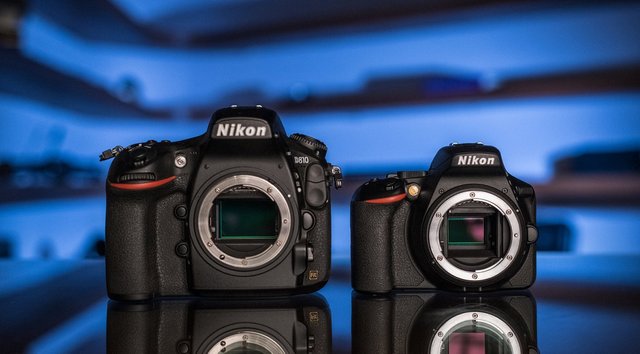
The size of the sensor also affects the breadth of the field of view captured by the camera, also known as the Crop Factor. In full-frame cameras, the crop factor is 1x, while in crop cameras, the sensor has a much narrower viewing angle, which means a higher crop factor.
A narrower angle of view is very effective in capturing close-up images of distant subjects, such as wildlife or sporting events. On the other hand, for example, in APS-C cameras, the crop factor is 1.5x (in current cameras, 1.6x), while in micro 4/3 cameras, is equal to 2x. Also, in cameras with one-inch sensors, the crop sensor is 2.7x, and in smartphone cameras, this number even reaches about 44.5x. So if the same lenses that are mounted on full-frame cameras can be mounted on these cameras, they can capture up to twice as close-up images.
On the other hand, videographers are well aware that the speed of signal readings in the sensors and battery consumption is one of the factors behind the camera selection behind the scenes. This means that the higher the speed at which the signals are read by the sensors, the higher the image capture experience at the same time and the lower the shutter distortion.
In addition to the possible high weight and large size of full-frame camera lenses, it is not bad to know that the crop factor is also applied in the focal length of the lens. For example, if the focal length is 50 mm, in full-frame camera lenses this number is 50 mm and in micro 4/3 cameras it is equal to 100 mm, which provides a crop factor of 2x.
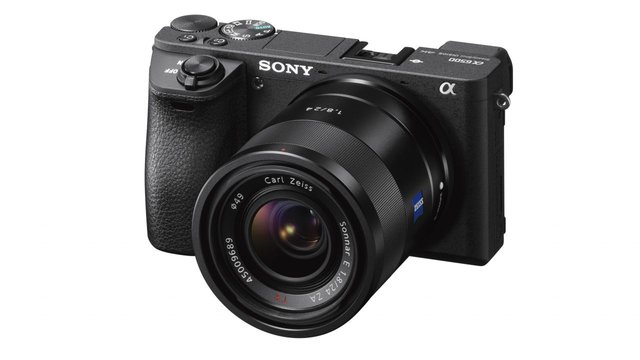
Photographic lenses are generally designed for specific sensor dimensions, but in some cases can be integrated or synchronized with other sensors. For example, Sony mirrorless cameras are available in both full-frame and APS-C versions, with the base mount size of both lenses being the same size, so the APS-C lenses in this camera can be mounted on the full-frame version and vice versa.
However, given that APS-C lenses are designed for smaller sensors and shooting ranges, in wide-angle shots with APS-C lenses mounted on full-frame cameras, the edges have dark edges, or so-called "vignettes." " Are. Also, if you use wide-angle lenses, you can get rid of these dark margins by zooming in at least 1.5x, but then you can no longer take advantage of the wide-angle lens.
However, if you still want to start with a crop-sensor camera before buying a full-frame camera, we suggest buying a full-frame lens instead of a crop-sensor lens to make a reasonable purchase for the future. In this case, do not forget that when you use the sensor crop camera, the crop factor is applied to your camera lens. So with a simple calculation, the 55mm full-frame lens with f / 1.8 turns into a 75mm lens on the APS-C camera.
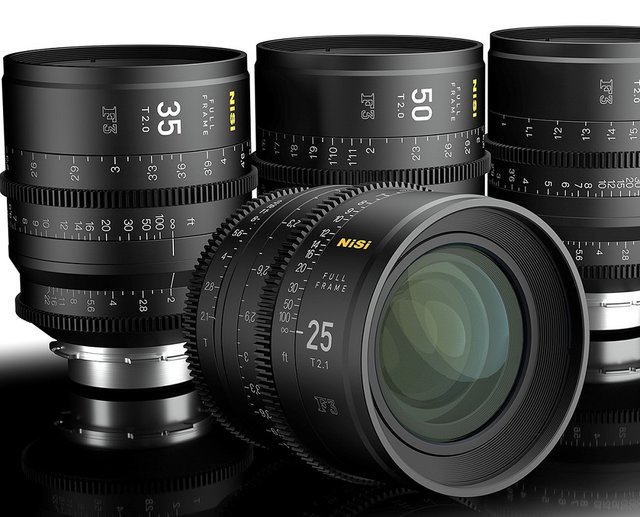
Regardless of the focal length or maximum aperture, with the purchase of full-frame lenses, you will have a wider range of options and power, even if the use of this type of lens on APS-C cameras also limits the wide viewing angle.
Finally, has reading the above convinced you to buy a full-frame camera? If so, perhaps your next concern is which system is best to start with now to buy a full-frame camera? The truth is that there is no bad option among the various systems of full-frame cameras, although some systems may be better equipped than others.
Which system is better to start with to buy a full-frame camera?
The Sony A7 Series cameras have now entered the world of mirrorless cameras with the flagship Sony A7R IV and the older model Sony A7 III, which means that the range of lenses in these cameras is wider than others. With the recent introduction of the Sony 14mm f / 1.8 GM camera, there are currently 44 models of its own full-frame lenses on the market, which include 14 models of the famous G-Master lens. These lenses have an acceptable price as well as professional image quality. Sony has also been able to cover the maximum focal length of different cameras at any cost by introducing the E mount (lens aperture) for third-party models from brands such as Sigma, Tamron and Zeiss.
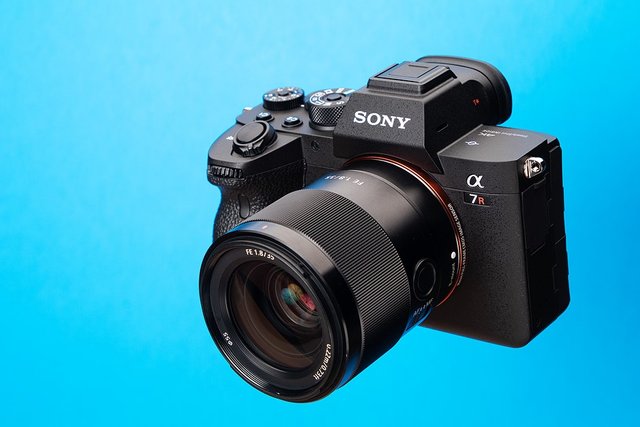
Of course, this is not yet the case with full-frame cameras with Canon and Nikon mirrorless systems, but they have also made significant progress in this direction. Another factor that is an advantage in full-frame cameras is that if you have already purchased one of these cameras, it would make more sense to upgrade or upgrade to an alternative model from the same brand. This is because you can still use your old lenses with the Canon EF and Nikon F mounts on the new mirrorless cameras, and these lenses will most likely be compatible with the new control systems and design.
Canon mirrorless cameras with RF mounts such as the Canon EOS R5 and Canon EOS R6 models now have 15 options for native lenses that the user will not face any of the problems with adaptive lenses, and many of these lenses are focused on professional and more expensive features. . Of course, Canon is said to have recently unveiled two tempting telephoto lenses, the Canon RF 600mm f / 11 STM and the 800mm f / 11 STM, for people looking for wildlife photography adventures at no extra cost. The same unique facilities are also reasonably priced.
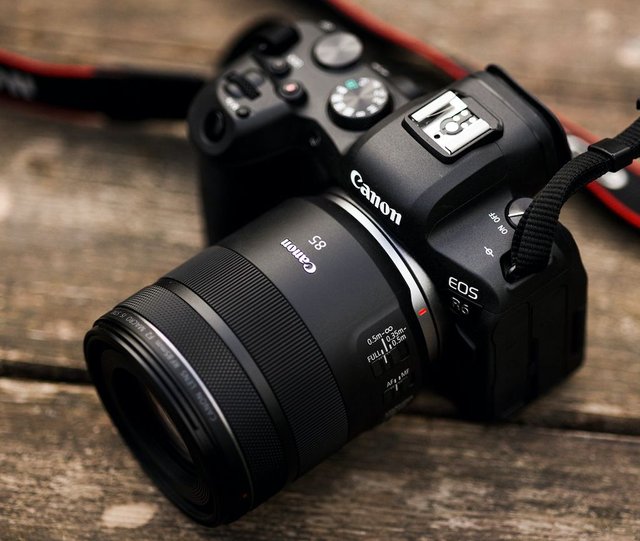
Meanwhile, Nikon has woken up and confirmed that it intends to accelerate the production of Nikkor Z series lenses and produce at least 30 new lenses in this category by the end of fiscal 2021; The company's product line is now more focused on making small lenses, which has created a serious vacuum in lenses with a depth of field of more than 200 mm.
Finally, we refer to L-mount lenses, which are used by Panasonic and Leica full-frame cameras and are strongly supported by Sigma (the third major player in the L-Mount Union). These mounts are compatible with cameras such as the Panasonic Lumix 55 and Sigma FP L, and their support by three of the world's leading manufacturers means that we now have the most access and choice of full-frame native lenses, other than Sony.
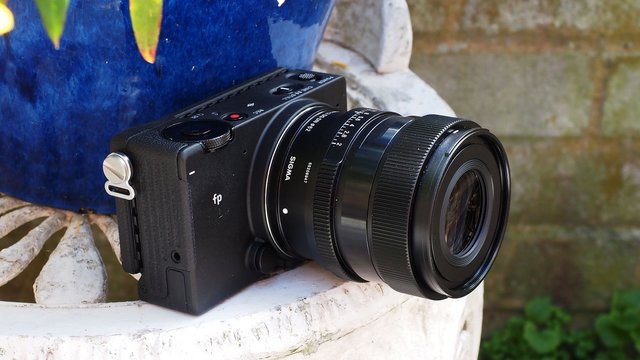
As you can see, there is still no definite answer to choosing the best mirrorless camera system, as each system has its strengths in each of the areas and features, and the choice depends on whether you now own the camera and the lens. Do you have the option that can be adapted to new models or not?
In the meantime, while Sony's lead over its competitors means that the company's lens system is more stable and versatile, it is still more than three years old on Sony's most popular camera body, the Sony A7 III.
Thanks for reading my review. @hadif66
Image source: google